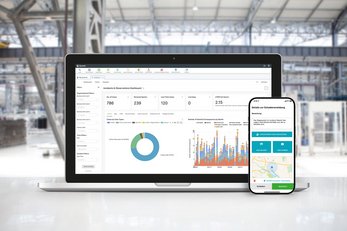Countless people pitch ideas and investments to business leaders. To do so successfully takes strategic delivery.
Environment, Health, and Safety (EHS) initiatives and software are no stranger to the boardroom pitch. This guide takes a comprehensive look at exactly how to communicate the value of EHS to stakeholders.



